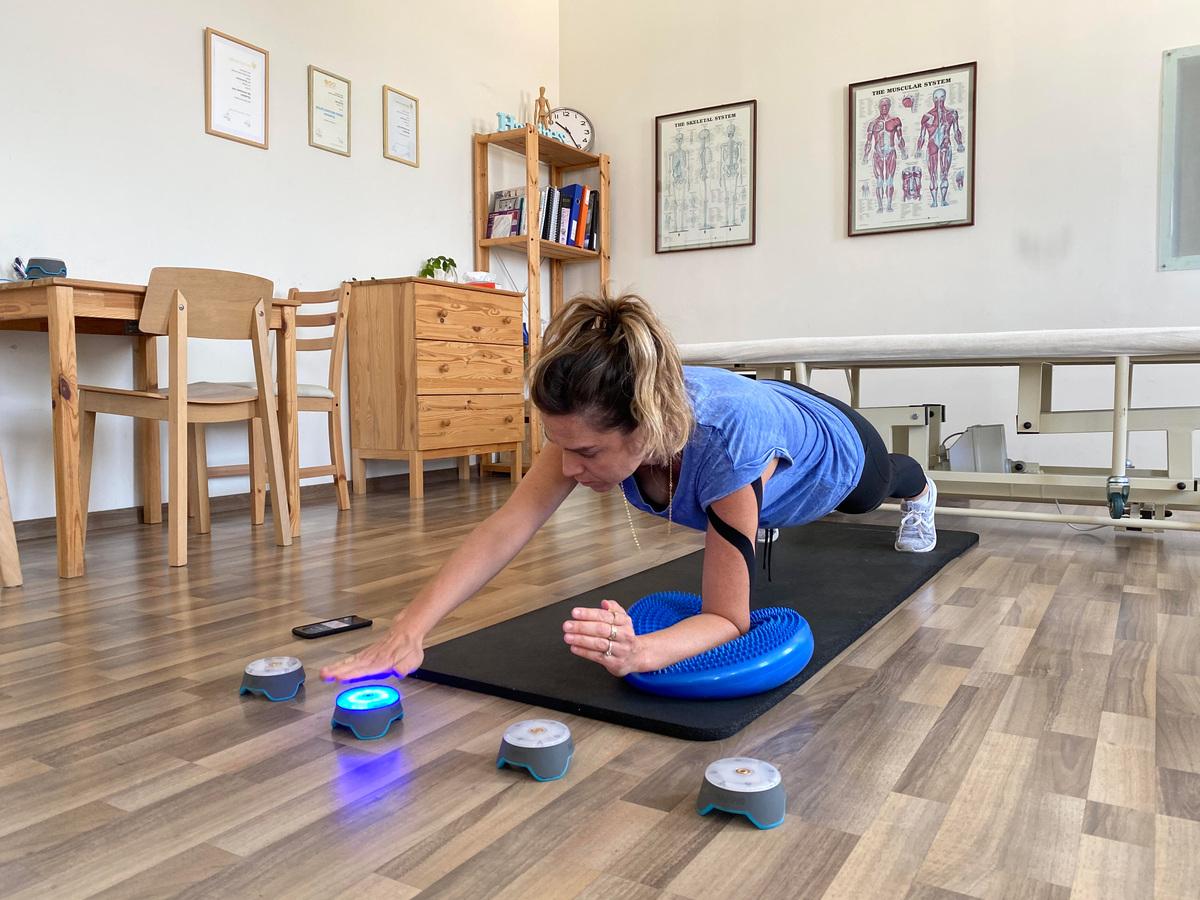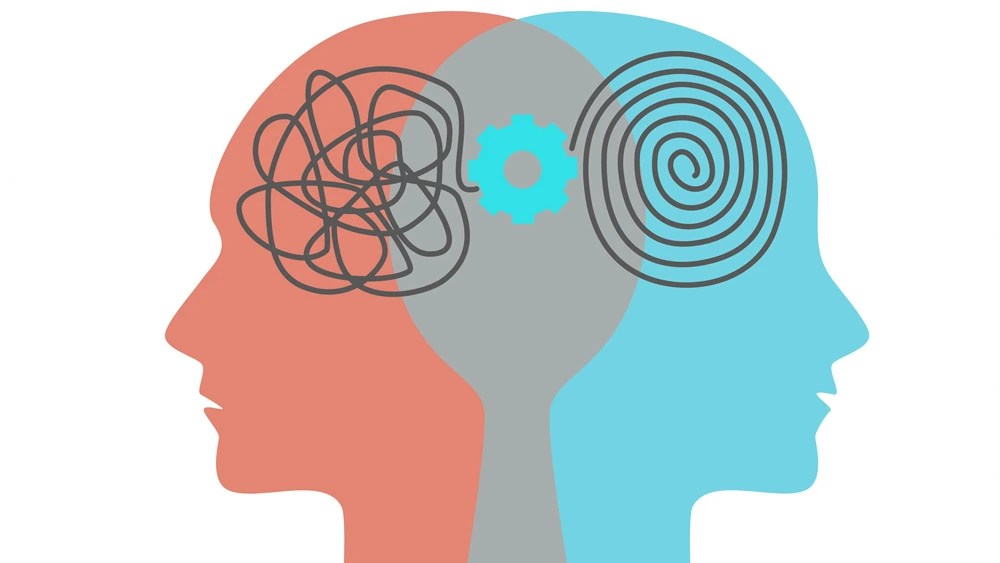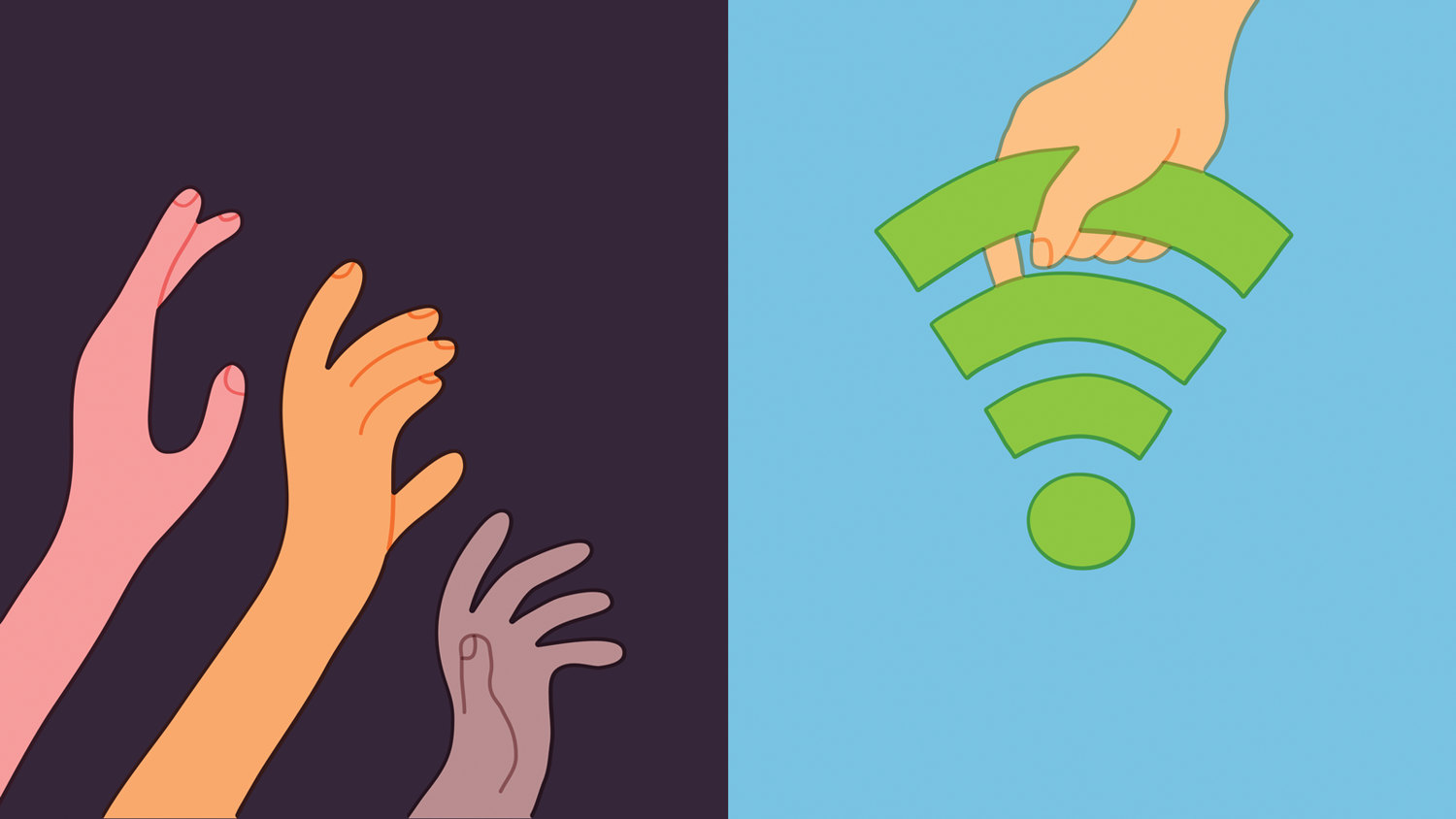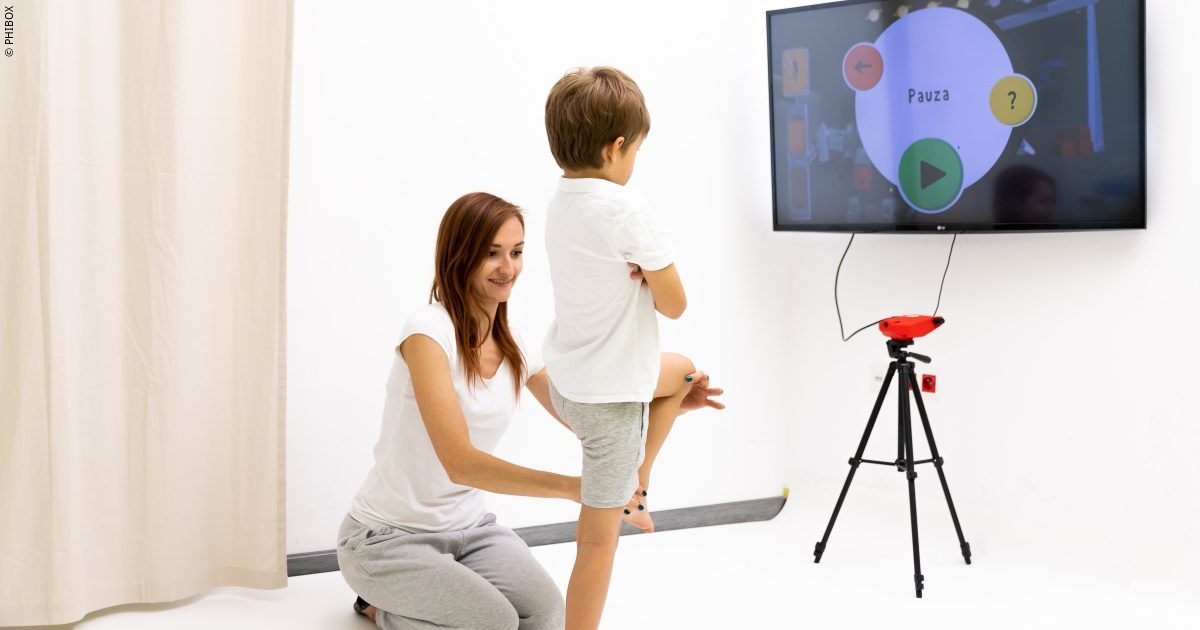Mental health care has experienced a revolution, thanks to innovative approaches like gamification. Combining game mechanics with therapy, gamified mental health programs transform treatment into an engaging and interactive experience. With increasing screen time and tech-savvy generations, this strategy aligns with how people consume information and interact with the world. As we move into 2024, gamified therapy is proving to be an effective tool for enhancing mental wellness.
This article explores its key benefits, its applications in therapy, and why it’s becoming an essential part of modern mental health care.
The Basics of Gamified Mental Health Therapy
What Is Gamification in Therapy?
Gamification integrates game-like elements—such as challenges, rewards, and progress tracking—into non-game contexts, including mental health treatment. In this context, the goal is to encourage active participation, motivation, and long-term engagement with therapeutic interventions.

- Interactive tools: Apps, virtual environments, and role-playing games are commonly used.
- Behavioral reinforcement: Game mechanics like achievements and rewards help reinforce positive habits and coping mechanisms.
Why It’s Gaining Popularity
Gamified therapy appeals to diverse groups by making therapy accessible, engaging, and less intimidating. It reduces stigma and encourages users to focus on improving their mental health in an enjoyable and nonjudgmental setting.
Advantages of Gamified Mental Health Programs
1. Increased Engagement
Traditional therapy can sometimes feel repetitive or overwhelming, leading to dropouts. Gamified solutions keep users engaged by introducing elements of fun and competition.

- Personalized experiences: Platforms adapt to individual needs, making sessions feel relevant and rewarding.
- Goal-oriented progression: Completing levels or earning points provides a sense of accomplishment, which motivates continued participation.
2. Accessibility and Flexibility
Gamified tools are often available as mobile apps or online platforms, making them easily accessible. This approach bridges the gap for individuals who may struggle with attending in-person therapy due to:

- Geographical limitations
- Busy schedules
- Social anxiety or stigma
3. Real-Time Feedback
Unlike traditional therapy sessions that occur weekly or biweekly, gamified platforms provide instant feedback and progress tracking.
- Behavioral insights: Users can monitor patterns and see how their efforts are impacting their mental health.
- Adaptive features: Programs adjust in real-time based on user performance, ensuring a tailored experience.
4. Skill Building Through Practice
Many gamified tools incorporate exercises for mindfulness, emotional regulation, and problem-solving. By repeating these practices in a structured, game-like environment, users build sustainable coping skills.
- Simulated challenges: Role-playing scenarios prepare individuals for real-life stressors.
- Positive reinforcement: Reward systems help reinforce desired behaviors.
5. Stigma Reduction

Gamified platforms often feel less formal than traditional therapy, making them an appealing option for those hesitant to seek help.
- Anonymity: Many tools allow users to engage privately, reducing fear of judgment.
- Fun approach: By framing therapy as a game, the seriousness of treatment is balanced with enjoyment.
Applications of Gamification in Mental Health Care
1. Treating Anxiety and Depression

Gamified therapy tools are highly effective for managing conditions like anxiety and depression.
- Cognitive-behavioral approaches: Apps like Woebot and SuperBetter use gamified CBT exercises to challenge negative thought patterns.
- Relaxation techniques: Breathing exercises and mindfulness practices are introduced in fun and interactive ways.
2. Supporting Youth and Adolescents
Younger generations are particularly responsive to gamified therapy due to their familiarity with digital environments.
- Educational games: Teach emotional literacy and stress management.
- Peer interaction: Multiplayer features allow for social connection and shared progress.
3. Post-Traumatic Stress Disorder (PTSD)
Virtual reality (VR)-based gamified programs are increasingly used for PTSD treatment.
- Controlled exposure therapy: Patients confront and reprocess traumatic events in a safe, simulated setting.
- Stress management games: These tools teach veterans and trauma survivors coping skills in a gamified format.
4. ADHD and Behavioral Issues
Gamified platforms help individuals with ADHD improve focus and impulse control.
- Reward-based systems: Encourage sustained attention on tasks.
- Cognitive training games: Strengthen memory and executive function skills.
Challenges and Limitations
1. Digital Divide

While gamification increases accessibility, not everyone has access to the technology required to use these tools.
- Income disparities: Cost of devices and subscriptions may exclude low-income populations.
- Internet dependency: Reliable connections are essential for many platforms.
2. Overreliance on Technology
Excessive use of digital tools can lead to screen fatigue, which may reduce their effectiveness.
- Balance required: Combining gamified therapy with traditional in-person sessions is often recommended.
- Potential for addiction: Game-like elements may inadvertently encourage compulsive behaviors in some users.
3. Quality Assurance
Not all gamified tools are created equal.
- Lack of regulation: Some platforms may not be evidence-based, potentially offering ineffective or even harmful interventions.
- User data concerns: Privacy and security of sensitive health information must be prioritized.
The Future of Gamified Mental Health Therapy
Advancements on the Horizon
As technology evolves, gamified mental health care is expected to become even more sophisticated:
- AI-driven personalization: Artificial intelligence will enhance the adaptability of gamified platforms, offering more customized and responsive experiences.
- Integration with wearables: Devices like smartwatches will sync with gamified apps to track physiological responses and provide real-time interventions.
- Expanded focus areas: Future tools will address a wider range of conditions, from eating disorders to relationship issues.
Wider Adoption
Healthcare providers are increasingly integrating gamified tools into treatment plans. Schools, workplaces, and community organizations are also exploring these solutions to support mental wellness on a larger scale.
Conclusion
Gamified mental health therapy is transforming how we approach emotional well-being recently. With benefits like increased engagement, accessibility, and skill-building, it’s no surprise that these tools are gaining traction across age groups and conditions. While challenges like the digital divide and quality assurance remain, the potential for gamified therapy to complement traditional methods is undeniable.
Have you tried any gamified mental health tools? Share your experiences and thoughts in the comments below. Explore our website for more insights into innovative therapy methods and tips to enhance mental wellness. Let’s start the conversation about how gamification is changing mental health care for the better!

Leave a Reply